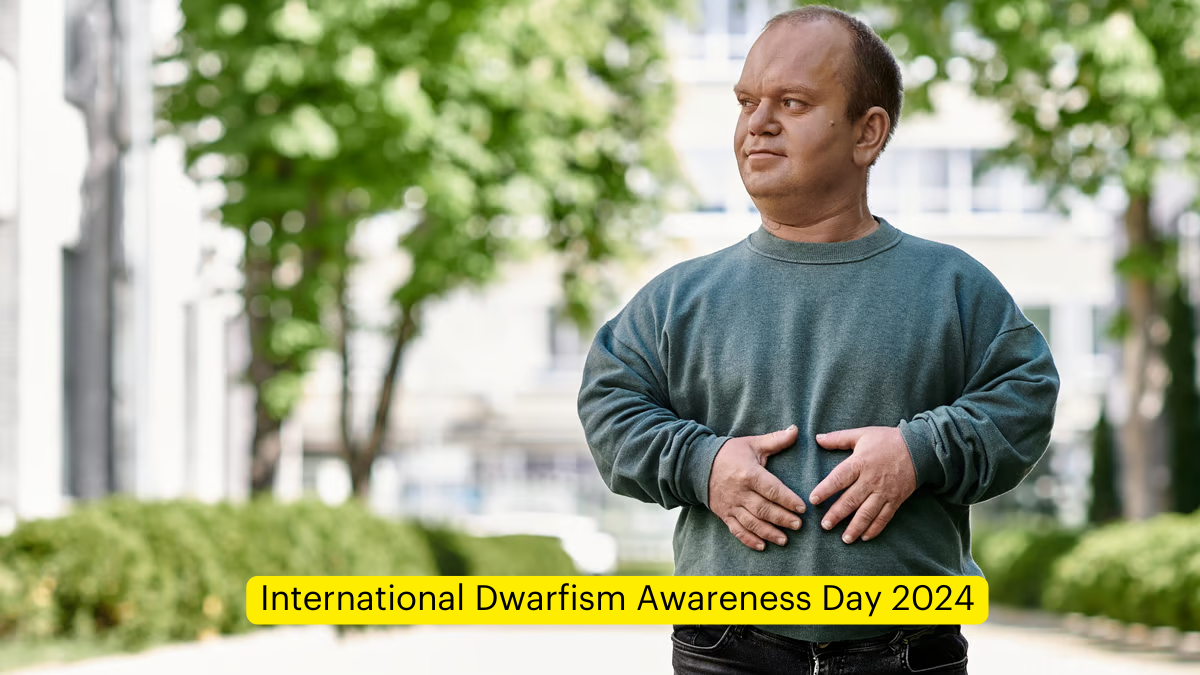International Dwarfism Awareness Day, celebrated annually on October 25, highlights the lives and challenges faced by people with dwarfism, while also raising awareness about conditions like Achondroplasia. This day encourages understanding and inclusion of people with short stature, breaking stereotypes and misconceptions.
The History Behind Dwarfism Awareness Day
The history of this day dates back to 2012, when Little People of America (LPA), an organization founded in 1957 by actor Billy Barty, introduced the observance in honor of his birthday. Barty, born on October 25, 1924, was a well-known advocate for individuals with dwarfism. Through his efforts and those of LPA, this awareness day was created to celebrate diversity and challenge societal perceptions of short-statured individuals.
LPA has grown into a large organization, with more than 6,500 members across the United States, promoting equality and inclusion for people with dwarfism.
What is Dwarfism?
Dwarfism refers to short stature caused by a medical or genetic condition, typically characterized by a height of 4 feet 10 inches (147 cm) or less. The most common type of dwarfism is Achondroplasia, a genetic disorder affecting bone growth. While dwarfism occurs in about 1 in every 15,000 to 40,000 births, there are over 300 different conditions that cause the condition.
Types of Dwarfism:
- Proportionate Dwarfism: A form where the body parts are proportional but smaller than average. This type usually stems from hormone deficiencies.
- Disproportionate Dwarfism: The most common form, where some parts of the body are disproportionate. Achondroplasia falls under this category, with shorter limbs and a larger head relative to body size.
Causes of Dwarfism
While genetics play a major role in causing dwarfism, it is not limited to family inheritance. Some of the common causes include:
- Achondroplasia: A genetic condition resulting from a mutation in the FGFR3 gene, which affects bone growth.
- Turner Syndrome: A condition in females where one X chromosome is missing or incomplete.
- Hypothyroidism: An underactive thyroid can also cause growth problems if not treated early.
- Intrauterine Growth Retardation (IUGR): This condition affects the fetus during pregnancy, leading to proportionate dwarfism.
In many cases, dwarfism is the result of spontaneous genetic mutations that are not inherited from the parents.
Living with Dwarfism: Facts and Social Perception
People with dwarfism lead full, enriching lives. They are usually of average intelligence and capable of performing most tasks like any other individual, though they may do things in different ways. Common misconceptions include assumptions that dwarfism is a disability that requires a cure. However, dwarfism is not an intellectual disability, and many people with the condition do not consider themselves disabled.
Key Facts:
- 80% of people with dwarfism are born to average-sized parents.
- There are around 651,700 individuals with dwarfism globally, with 30,000 in the U.S.
- The term “Little People” or “LP” is often preferred over other labels.
Treatment and Medical Interventions
While dwarfism does not require a cure, some treatments can help improve the quality of life. In 2021, the FDA approved Voxzogo (Vosoritide), a medication for children with achondroplasia, to promote growth. Other interventions include:
- Hormone Therapy: Used for individuals with growth hormone deficiencies, this treatment involves regular injections over several years to stimulate growth.
- Surgery: For those with disproportionate dwarfism, surgical options are available to correct bone abnormalities, stabilize the spine, or address other complications.
Some individuals also opt for limb-lengthening surgery, though it remains a controversial procedure due to its risks.
Raising Awareness and Inclusivity
International Dwarfism Awareness Day is not just a day to celebrate people with dwarfism but also a day to promote inclusion and understanding. It encourages society to challenge harmful stereotypes and recognize the abilities and achievements of Little People. The Americans with Disabilities Act (ADA) protects the rights of individuals with dwarfism, ensuring they are treated equally in the workplace and other areas of life.
Dwarfism is a condition that can affect individuals of any ethnicity or background, and the message of inclusion is universal.




 International Human Solidarity Day 2025:...
International Human Solidarity Day 2025:...
 Goa Liberation Day 2025: History, Signif...
Goa Liberation Day 2025: History, Signif...
 Important Days in December 2025, Nationa...
Important Days in December 2025, Nationa...







